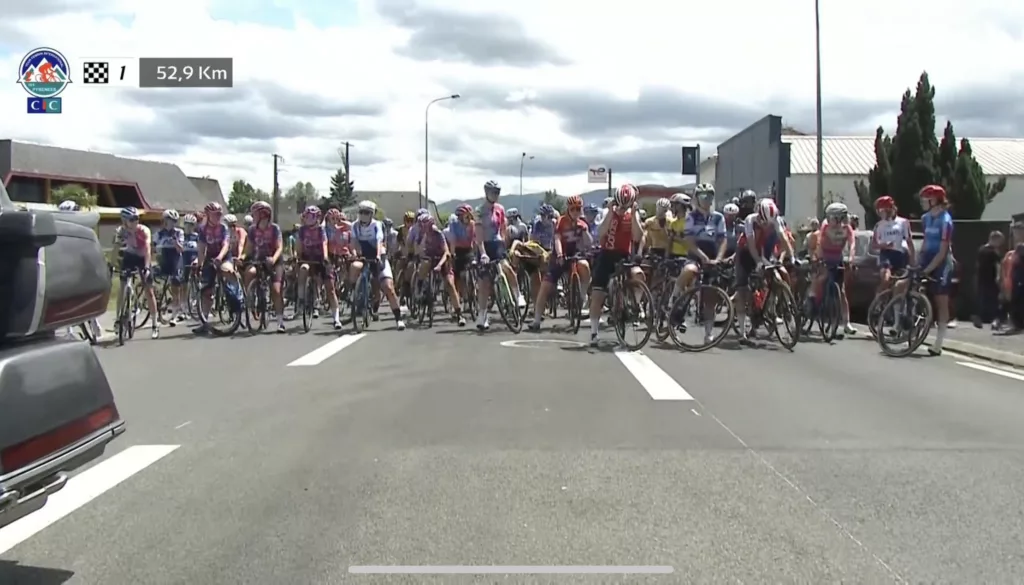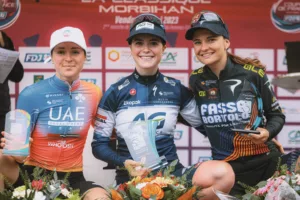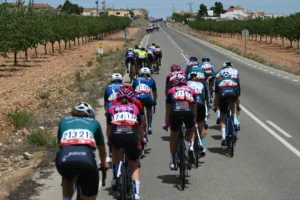Each season, The Cyclists’ Alliance (TCA) publishes the key findings of its rider survey, highlighting the areas that riders feel need the most improvement. As a rider union, this is key for The Cyclists’ Alliance to ensure that they focus on areas that will have the biggest impact on the careers and lives of their members. Previous years have seen the issues of rider salaries, the growing gap between the top of the Women’s WorldTour and those at the Continental level and issues with teams not fulfilling their obligations.
Table of Contents
ToggleFindings of the 2023 Rider Survey
Salaries
When asked what the top 3 priorities are that the TCA should focus on, the top answer was for all riders to earn a minimum salary. It’s easy to forget now that the Women’s WorldTour only introduced a minimum salary in 2020 and that was set initially at just €15,000. However, plenty of riders at the Continental level are paid less than that and many are paid nothing at all. There are changes afoot in France and Spain for 2024, where all teams registering at the Continental level must pay riders a national minimum wage. Whilst not complete coverage, it’s still an encouraging step and adds security for riders racing for French and Spanish teams.
- 2 in 5 riders (40%) of riders at Continental level do not get paid at all
- 1 in 5 (20%) of riders at Continental level are paid less than €5,000 a year
- 1 in 5 (20%) of riders at Continental level are paid between €10-20,000 a year
- Only 15% of Continental level respondents said they received a salary exceeding the mandated minimum of €32,102
There are knock-on effects for riders in this situation. The lack of living wage salaries is the number one reason for riders to leave the sport at this level. It also means that 30% of them are working as well as having a cycling career. One of the major things we’ve seen in the past few years is riders joining the Women’s WorldTour, getting security and stability, then having great performances off the back of it because they can dedicate themselves to pro cycling. One major example this season is Claire Steels who has been a star on a wider platform after joining a WWT team from Sopela.
Rider Safety
The second biggest issue is that of rider safety. It’s something that has reared its head in the past, notably the 2013 Giro della Toscana, but there have been 2 races with high-profile issues this season. Back in March, the Trofeo Ponente in Rosa saw its opening stage cancelled and also its 3rd stage cancelled as rider safety mixed in with local organisation issues couldn’t guarantee the safety of the peloton.
The CIC Tour Pyrénées is the race that will loom in the minds though, mainly because it was televised and we saw the issues first hand. A now infamous first stage saw riders racing in city traffic as roads weren’t marshalled in the centre of Lourdes of all places, where it was a miracle no rider was hurt. Seeing a public car driven alongside Cecille Uttrup Ludwig was a heart-in-mouth moment. The second day saw a rider strike on the road mid-stage and an eventual neutralisation to the base of the Hautacam climb. Overnight discussions didn’t lead to an answer and the final stage was ultimately cancelled before it began.
Live Coverage
The final issue in the top 3 is that of live coverage. Similar to salaries, the amount of live coverage has increased by a huge amount since 2020. In the last 10 years, we have moved away from 1 live Women’s WorldTour race and the World Championships to complete coverage of the Women’s WorldTour, almost all .Pro level races now have live coverage and even plenty of races at .1/.2 level where it isn’t an obligation but is now almost expected. Live coverage has proved a win-win situation with races benefitting from more viewers and attention and it feeds into the success of riders and teams to create stability with sponsors and salaries.
Whilst this trend is impressive, there are still some issues. From races like RideLondon Classique which only showed 1 stage of 3 live last year (but fixed for the 2023 season), to spotty 4G coverage that has seen the Vuelta a Burgos unable to show coverage of the Lagunas de Neila climb in 2 of the last 3 seasons. The key improvement now isn’t so much just having coverage but increasing the length and reliability of it. A few times this season key moments in major races have been missed because the live coverage wasn’t started early enough. Sometimes this comes on frustratingly predictable stage profiles for fans who are left seeing the fallout from an attack rather than the move itself.
Overall, women’s cycling is steadily improving and the difference to even 5 years ago is almost night and day. However, that doesn’t mean that it is time to rest on the laurels as there is plenty still to cover to reach parity with the men’s peloton.






